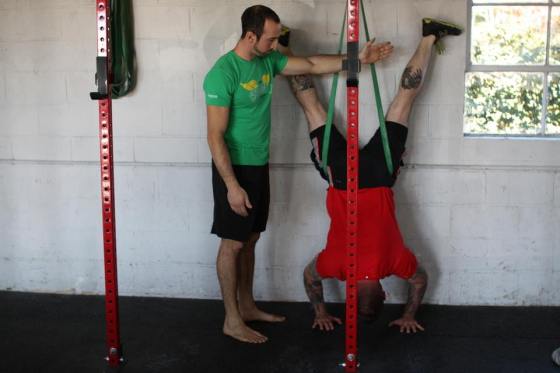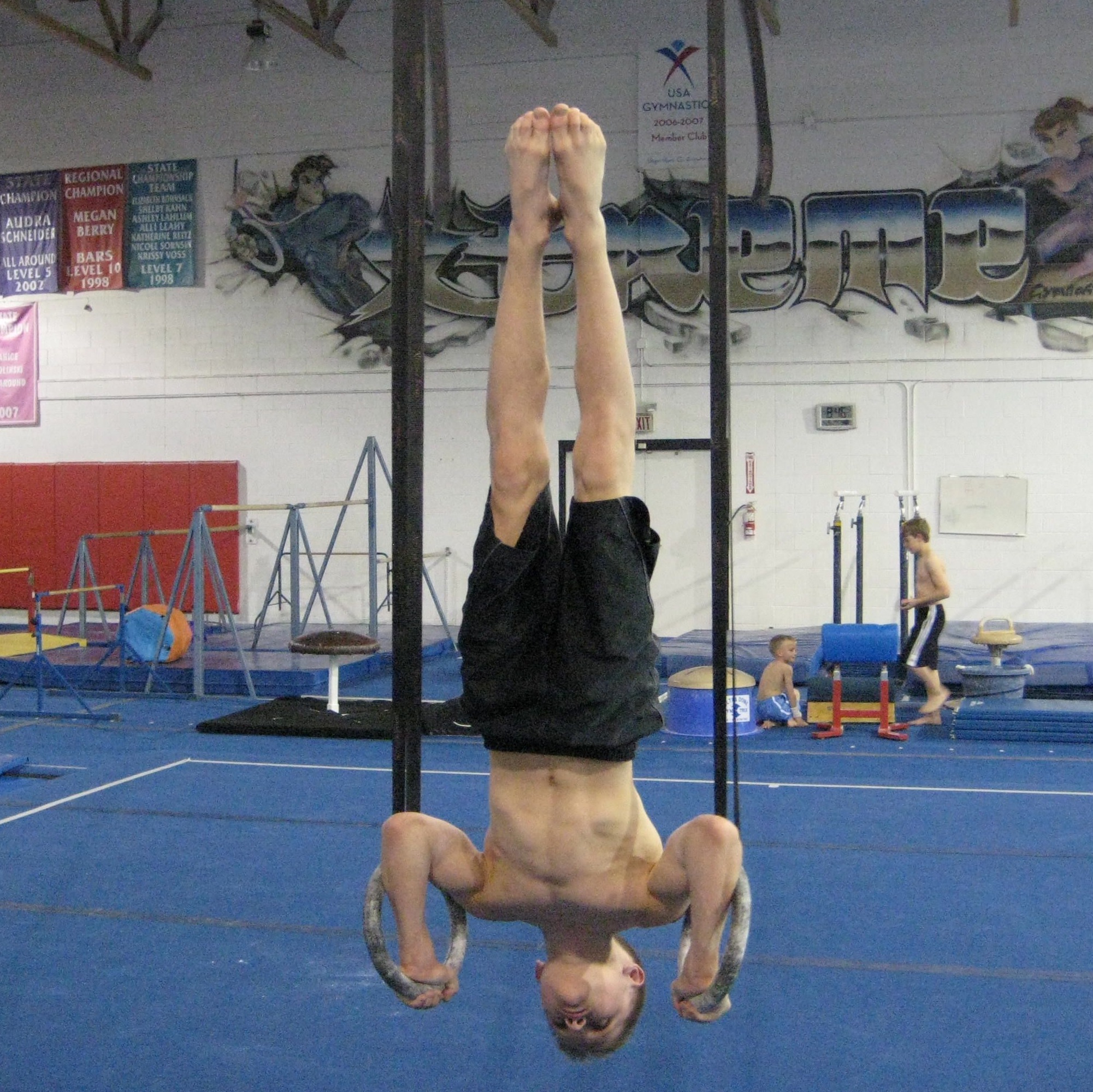Today I will be writing about well-being. Over the past few months I have been taking a class at George Mason University on well-being, and the focus of my upcoming graduate study there will be on leadership, mindfulness, well-being, and the arts.
Martin Rooney of Training For Warriors fame often says, “We don’t have a knowledge problem; we have a doing problem.” Thus, I want to offer practical advice for implementing these tips in your daily life, rather than simply spouting off more knowledge and adding to the problem. I hope you enjoy!
Five Well-Being Practices I Recommend
- Drink water.
- Ideally, aim for half your bodyweight in ounces of water each day.
- I weigh 185 lbs, so I would drink 92 ounces of water each day.
- If I have a 16-oz water bottle, then I know I have to drink about 6 refills of the bottle.
- Bonus: Add a lemon or lime for flavor. It really helps me drink more water, plus it helps you stay alkaline!
- Meditate.
- The best meditation practice is the one you will consistently do, so experiment and see what works.
- Start small, perhaps 5 minutes each day, and then gradually add time as you feel comfortable.
- Keep it simple: just sit, close your eyes, and focus on your breathing.
- Bonus: Try the Headspace app’s free Take 10 Program.
- Walk.
- Walking is a powerful yet simple practice to adopt, especially as the weather gets nicer.
- If you have 20 minutes to walk, then simply start walking and turn around 10 minutes later!
- Stand tall with good posture and walk quickly (whatever that means to you).
- Bonus: Walk unplugged (no phone, iPod, or headphones), and unweighted (no backpack, purse, or bags).
- Play.
- Play an instrument, play a game, play sports, play with your children, … the list goes on!
- The key concept here is playing with no vested interest in the outcome.
- Play can involve creativity and art as well, both of which are undervalued by many people.
- Bonus: Make it social by playing with a pet, a family member, a friend, etc.
- Practice gratitude.
- Personally I have found that practicing gratitude helps to alleviate stress and increase my mood.
- If you find time to journal, then simply make a list of 3 things for which you are grateful that day.
- It can also really help to talk about gratitude out loud.
- Bonus: Ask someone else, “What are 3 things you are grateful for today?”
There you have it! Part of my own well-being practice is to write, so thanks for reading! Let me know how these well-being practices work for you.







